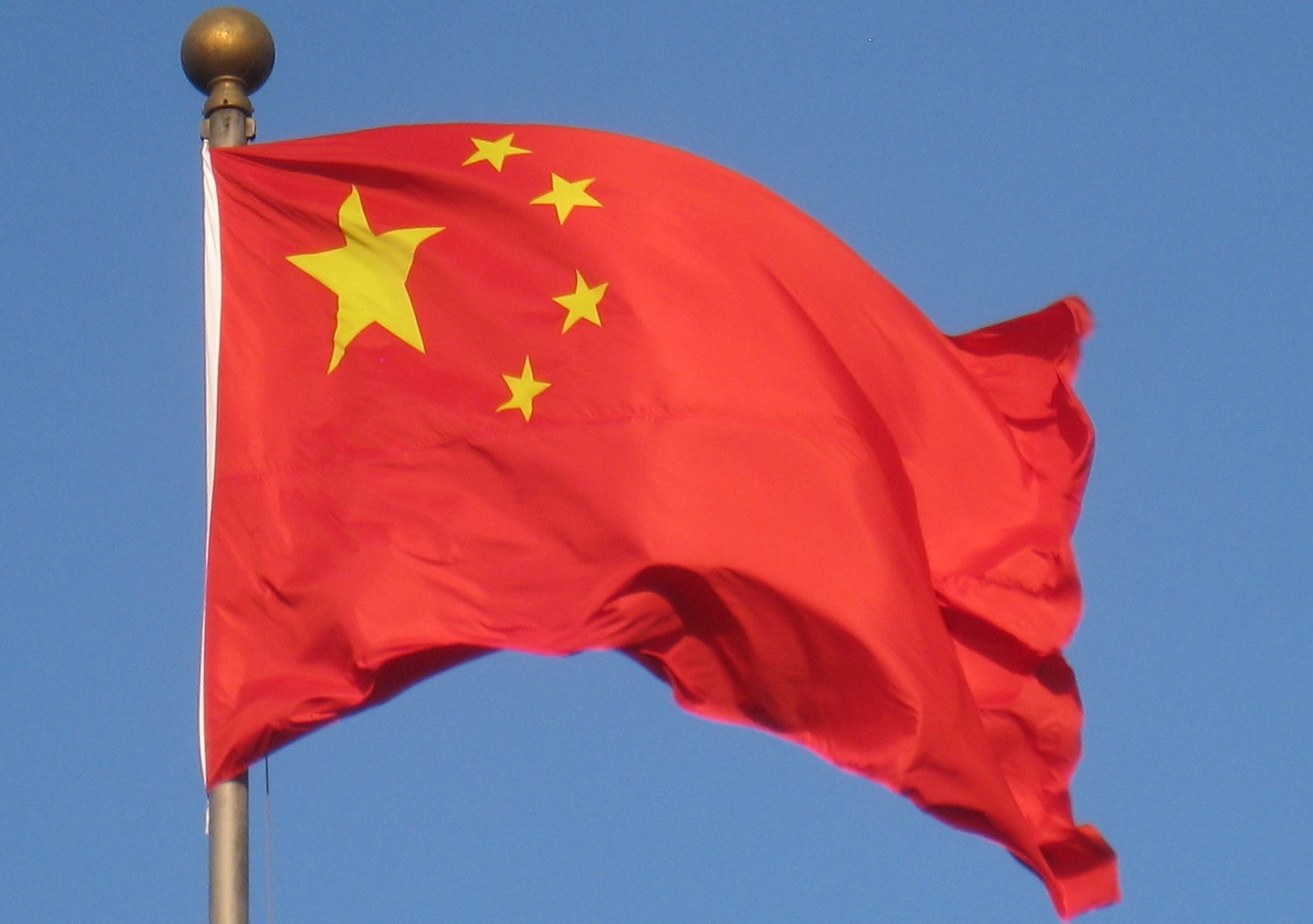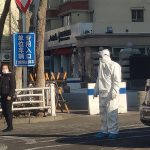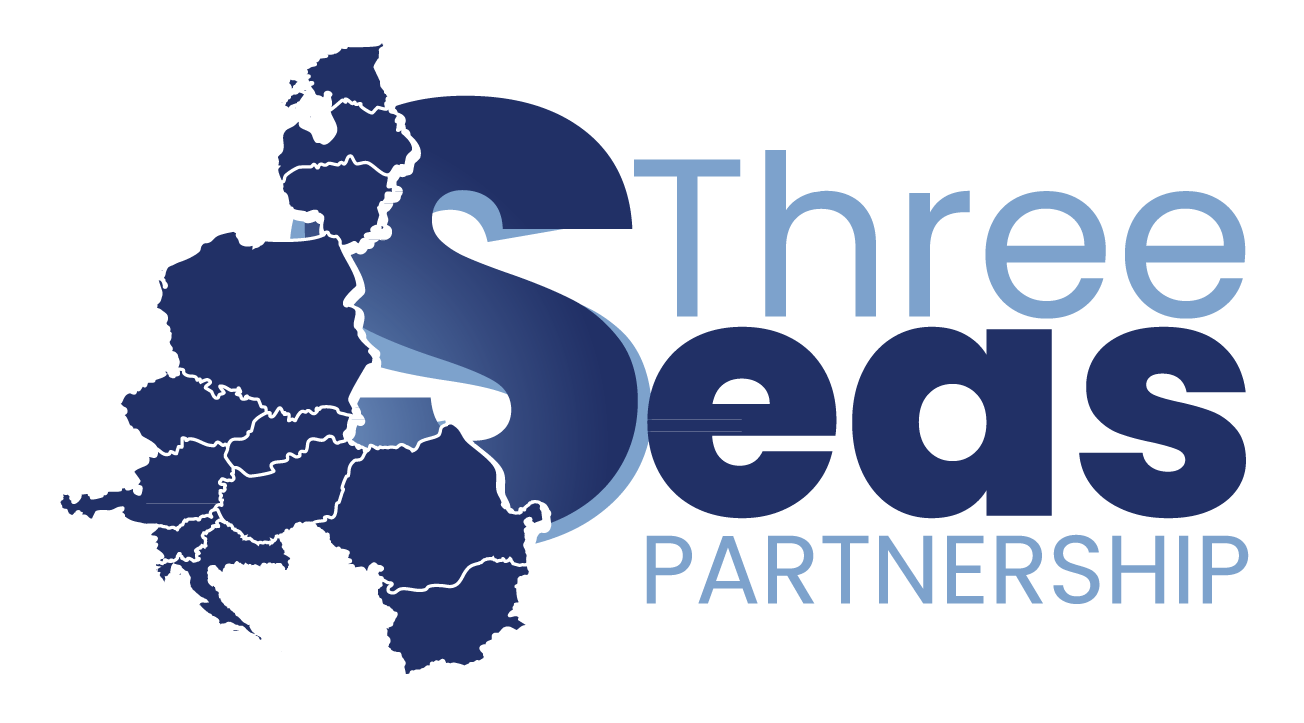CHINA MONITOR
Date: 16 February 2020 Author: Paweł Paszak
The PRC’s security strategy in a new era
On the verge of the third decade of the 21st century, the People’s Republic of China has found itself in a critical moment of its modern history. Deteriorating domestic and international conditions are forcing the authorities to take measures to maintain the developmental dynamics and to resist the USA’s pressure. Failure to achieve these goals may result in a breakdown of the Party’s governance or a determined shift towards the totalitarian direction.
 Source: Daderot, Wikimedia Commons
Source: Daderot, Wikimedia CommonsThe priority of the PRC’s strategy is to secure the current governance guaranteeing the party elite the maintenance of power and, from the authorities’ perspective, preservation of the state’s territorial integrity. All decentralist and autonomous tendencies which could destabilise the fundaments of the regime are considered as the main threat. Among them, the most dangerous are all pro-democracy (Hong Kong) and pro-freedom movements (including Catholicism and Protestantism), autonomous movements (Xinjiang, Tibet) and the existence of the independent Chinese state (Taiwan). According to the Communist Party of China (CPC), these powers are being inspired and supported by the “external influences” which should be understood as American authorities and Western countries.
At the same time, the CPC leadership has to deal with a series of domestic challenges which may put the current governance in question. Main tendencies include slowing dynamics of the economic growth (5.8% in 2020), ageing population, the rise of the middle class and the level of indebtedness, ubiquitous corruption and ineffective use of resources. The current support for the Party among the middle class is mainly a result of the economic success achieved in years 1978-2020. The inability of the authorities to maintain the positive developmental dynamics and related deterioration of the material prospects may undermine the current political system.
This is the reason why CPC has been struggling to use technology, innovation and domestic consumption as a driving force for the economic expansion since 2000. The growth based on domestic innovations (自主创新) has become one of the themes of the China’s Five-Year Plans (五年计划), which resulted in a sharp increase in financing the R&D projects. The establishment of the scientific and technological base competing with leading economies is supposed to enable promotion within the international production chains and protection of the CPC governance. Strategies Made in China 2025 or New Generation Artificial Intelligence Development Plan (新一代人工智能发展规划) are the examples of initiatives aiming to become the world leader in particular technology sectors.
Support Us
If content prepared by Warsaw Institute team is useful for you, please support our actions. Donations from private persons are necessary for the continuation of our mission.
In the military sector, China is conducting a policy of a rapid increase of the anti-access (A2/AD) capabilities of the People’s Liberation Army. Such a direction of the army’s development is caused by the struggle to increase its deterring capabilities and consequently to erase the possibility of the American intervention in the region. It would enable the incorporation of Taiwan, questioned territories in the South China Sea as well as breaking off the American system of alliances in East Asia. The increase in control over key sea routes from the Middle East and the first island chain (Kuril Islands-Japanese Archipelago-Taiwan- the South China Sea) is crucial to the PRC’s security. Achieving these goals should enhance the establishment of the strategic depth and decrease the possibility of blocking the routes by the US Navy (the Strait of Malacca Dilemma).
Within the modernisation programmes, the most intensively developed is the arsenal of nuclear (e.g. DF-21D, DF-21C, DF-41) and conventional (HN-2, HN-3, CJ-10) missiles, navy, aviation (J-20, J-31, Su-35 fighters) and command and information systems (C4ISR). Strategic documents point to the necessity to prepare the People’s Liberation Army to operate in conditions of the computerised military theatre and to use the most modern military technologies. The authorities assumed that until 2050, China would have had the “world-class” army capable to deal with every opponent. The armament policy of Beijing will be aiming at inevitable exacerbation of the security dilemma in East Asia and the increase of tensions in the China-USA relations.
_________________________________
All texts published by the Warsaw Institute Foundation may be disseminated on the condition that their origin is credited. Images may not be used without permission.
















